I have worked at two different schools and it seemed like both schools struggled with RTI. There was tons of repetitive paperwork and often what was acceptable in one meeting for one child…somehow didn’t work for another child and another meeting. I think this is because it is a really confusing process in general- for all parties: parents, teachers, counselors and administrators.
While I have no magical guarantees of how to make RTI seamless for you and your school, I *do* have some suggestions on to help teachers stay organized while collecting data. Last school year I had several students on the RTI tiers and collected LOTS of different data. It could have been a paper work nightmare! And it was…until one night I stayed late, developed a system and got myself organized. And it worked like a charm.
I wish I had photos of it, but I chose not to photograph it on purpose. I was afraid that much of the information was confidential since it did have student’s names and data.
First things first, I got a binder. Here is the cover I used:
Then I created sections. I was too cheap to buy dividers (or even find construction paper to make my own) so I simply cut tabs from post it notes and stuck them on pieces of paper to hang out like flags. On each of these post it notes, I wrote the student’s name that I was tiering. Since I already knew what strategies I was using, I went ahead and prepared several copies of worksheets or the materials I needed for that student. Then I hole punched the papers and put them behind the students name post it.
In the front of the binder I kept a simple check sheet that looked similar to this:
word problems. Each word problem on the
probe are slightly different due to the different styles of word
problems. However, although each problem
on the probe is different, the style (or situation) is the same for that
specific number on all the probes.
For example, problem number one on all the probes is always a single digit addition, numbers written as
numerals, join-result unknown
problem. This makes is easy to show
growth (or lack of growth) with each assessment. The four problems on each
probe are:
Single digit addition, numbers written as numerals, join-result unknown
written in word form, join-result
unknown
Double digit subtraction (no regrouping), numbers written as numerals, join- change unknown
regrouping), numbers written as numerals, join-results unknown
and four additional probes. Hopefully
this will make data collection for RTI much more organized! I just added it to my store and it is only $3! I intend on making one set of these for each quarter!
Mandy Gregory is a 2007 and 2012 Teacher of the Year. She has taught Kindergarten- 4th grades in both the general education and inclusion settings. She is currently a 1st grade Special Education teacher. She is the owner and creator of Mandy’s Tips for Teachers website (www.mandystipsforteachers.com) and has over 13 years of teaching experience. She is married with two beautiful children.


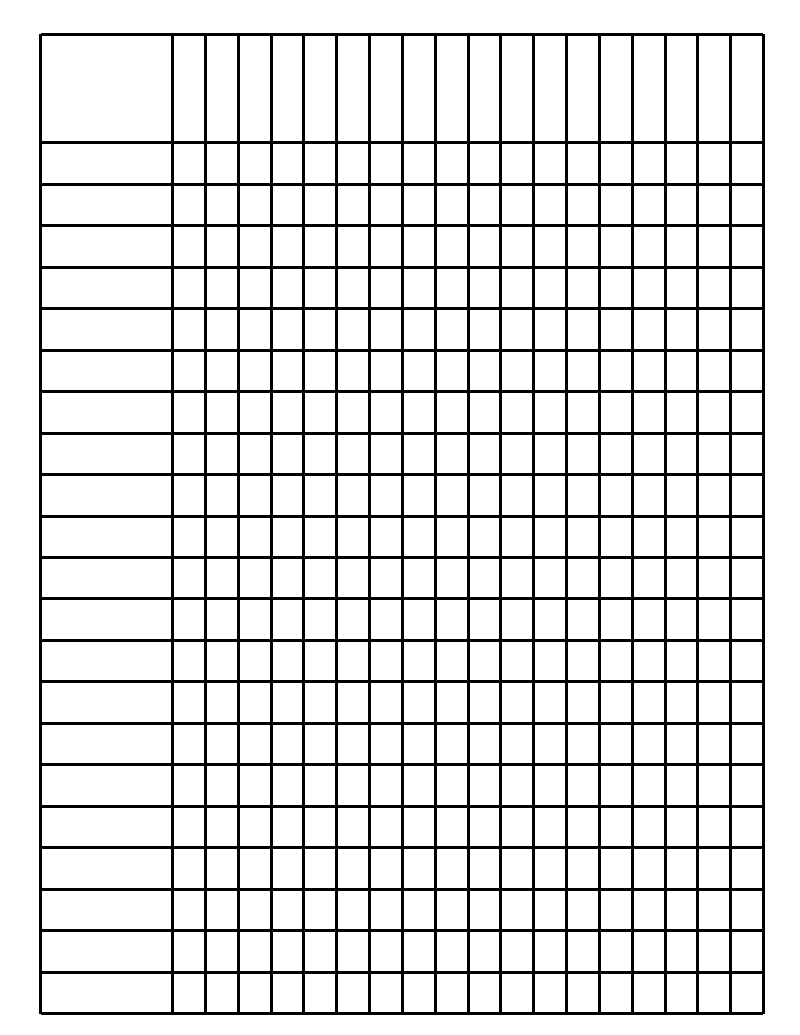
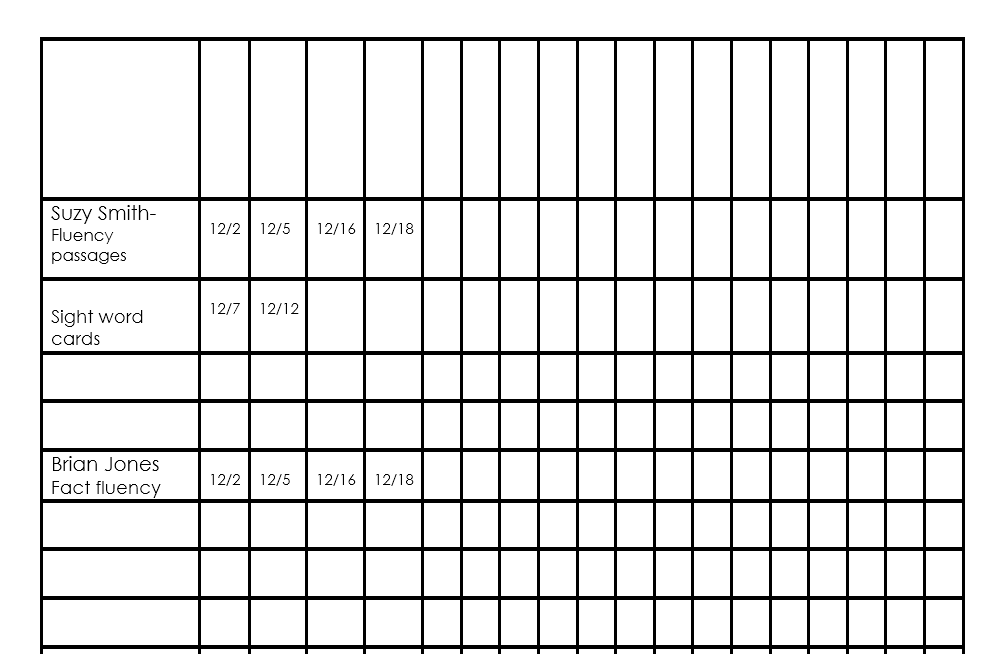
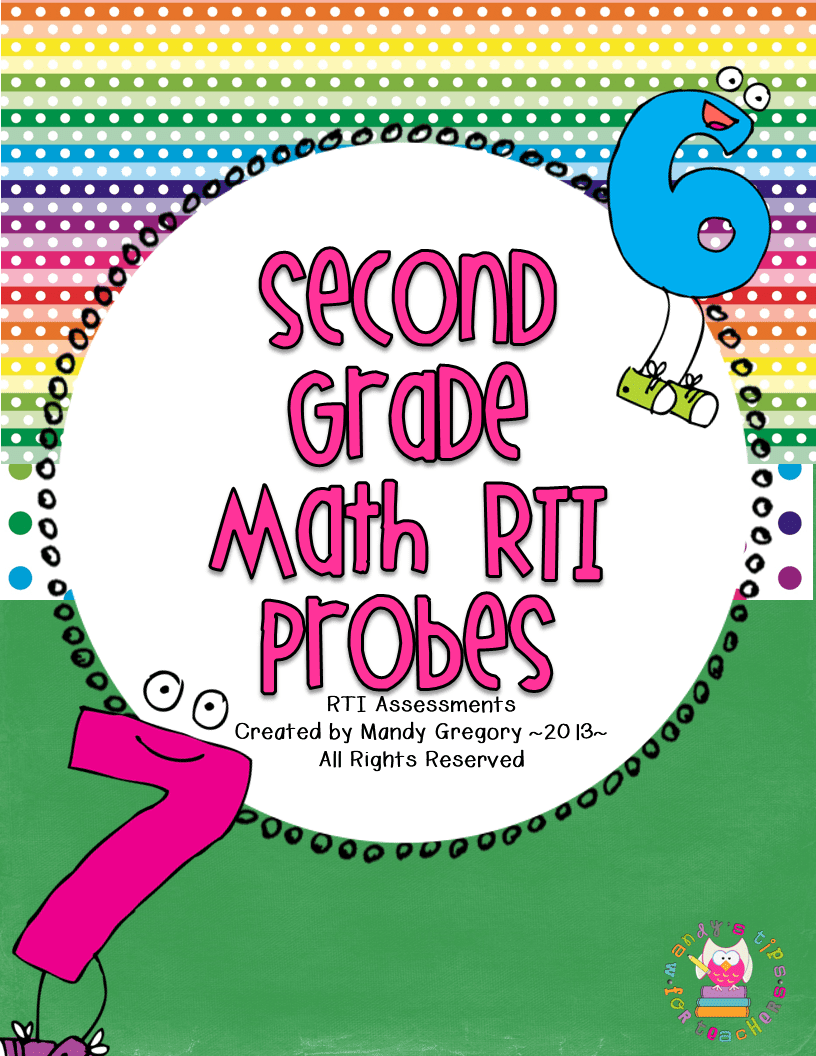
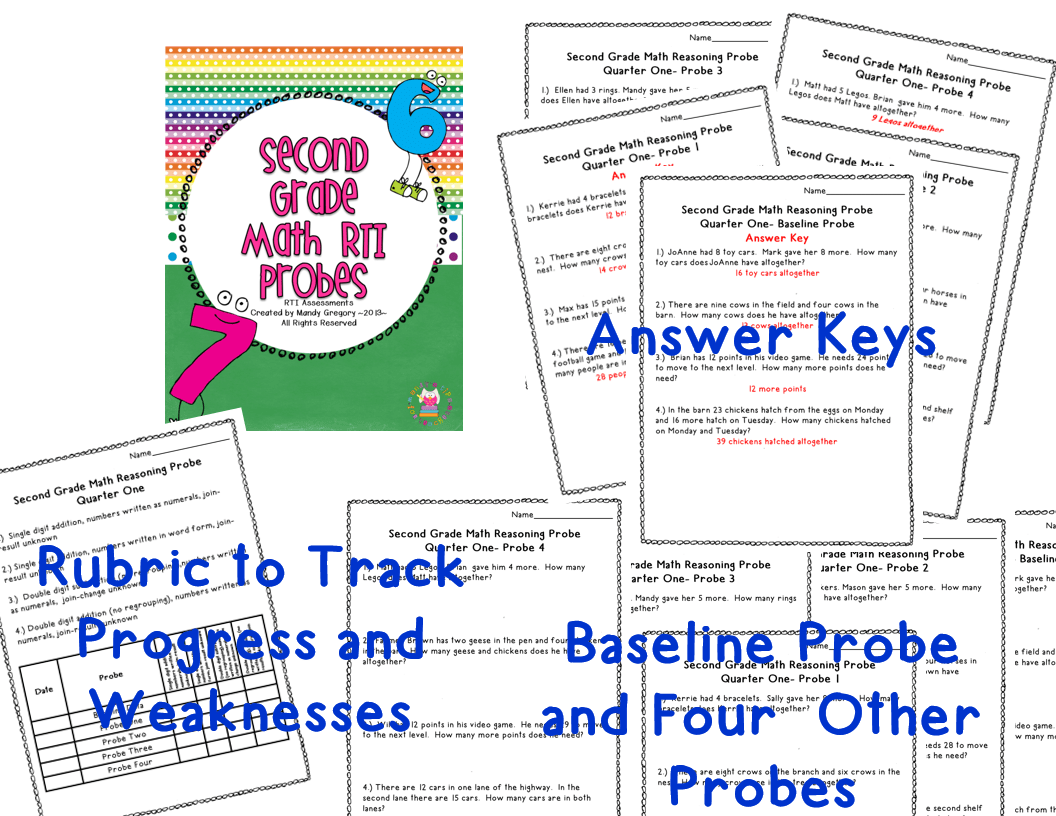
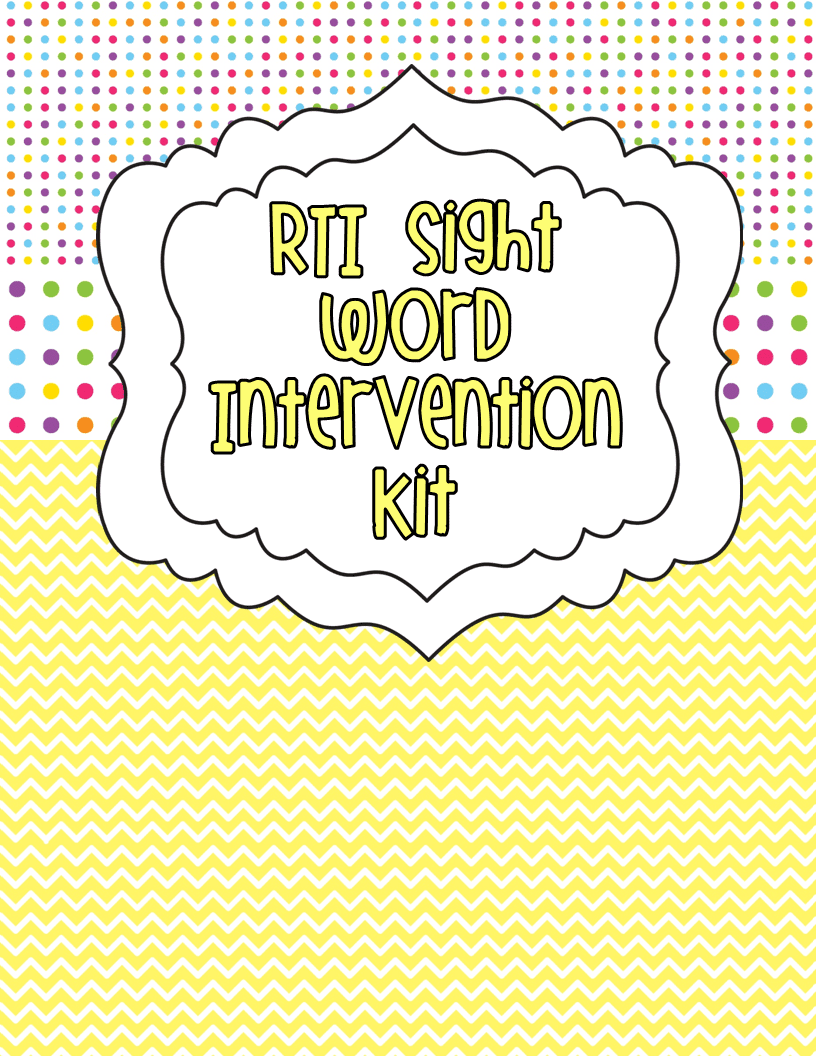
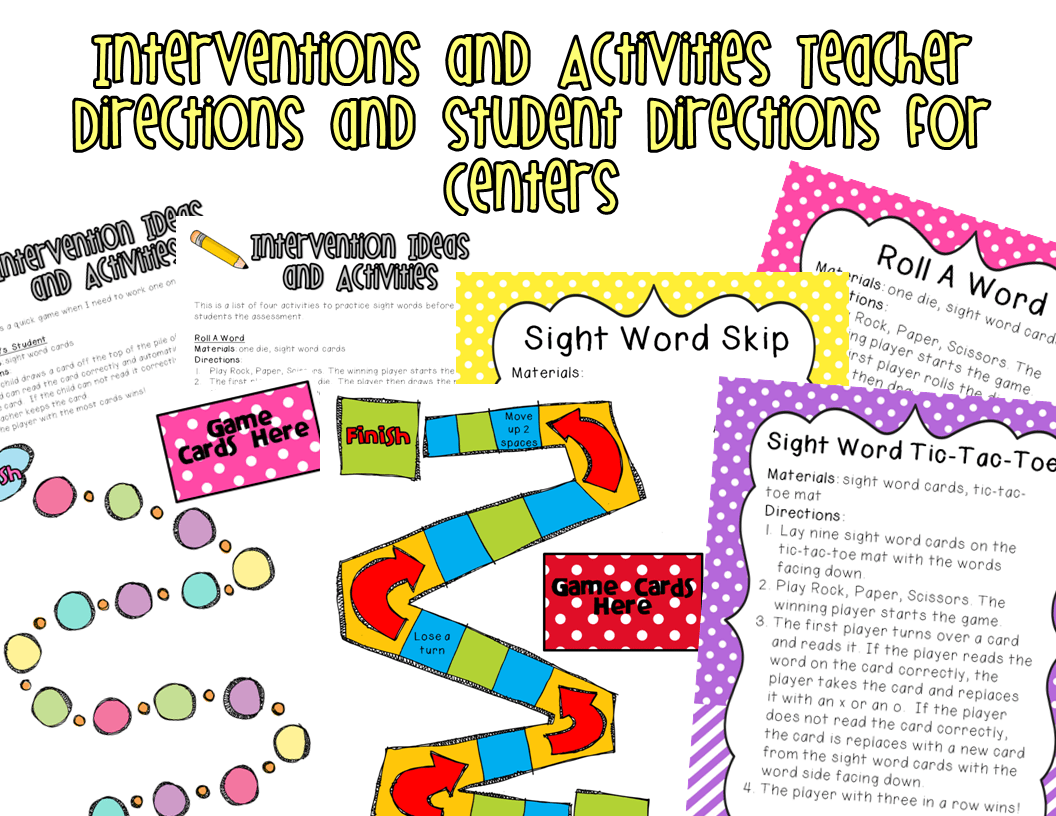
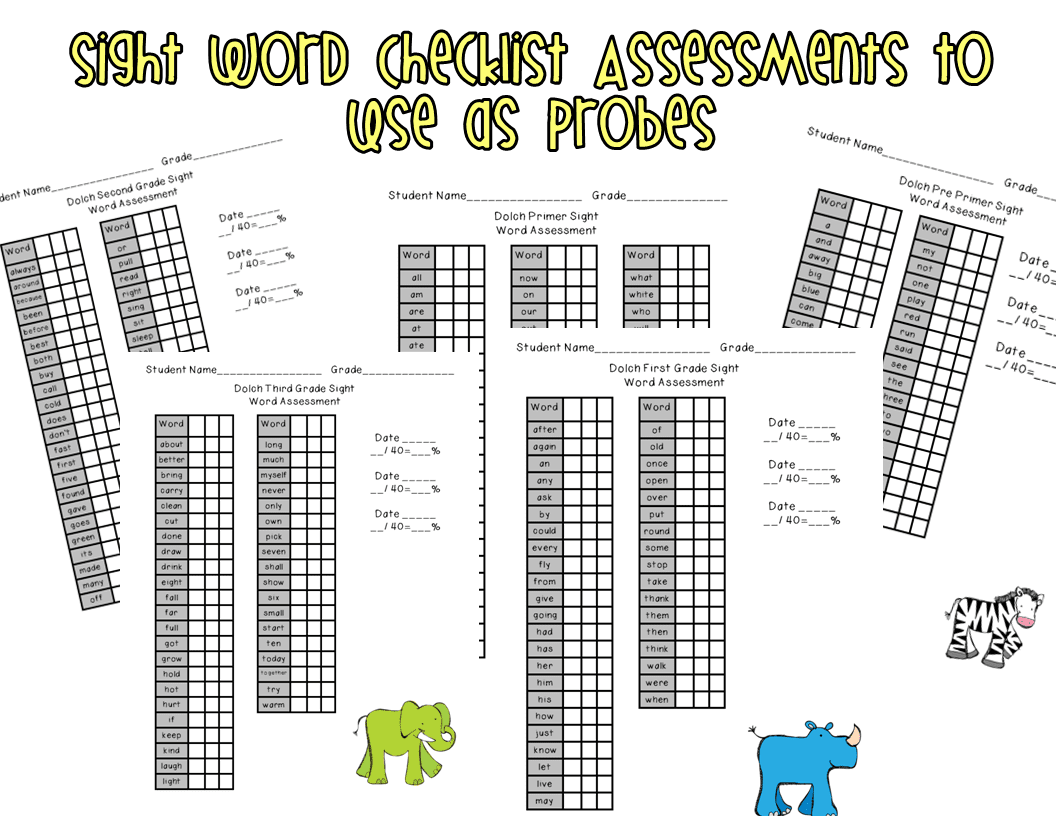
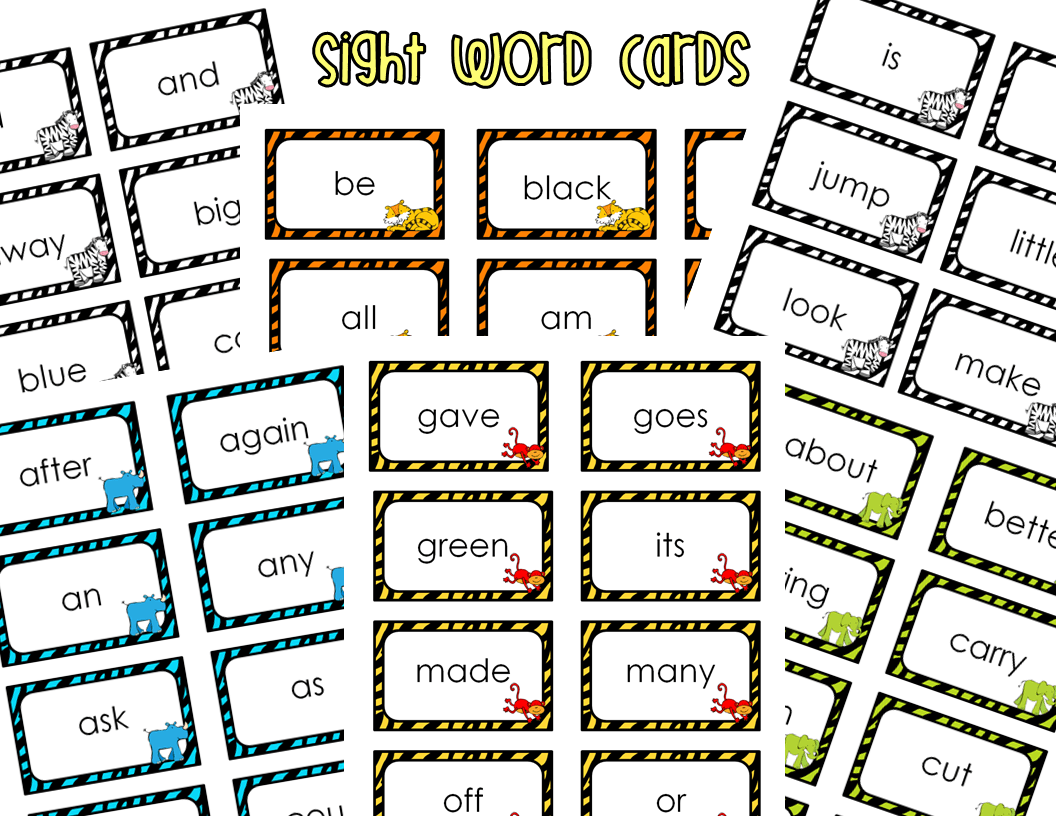
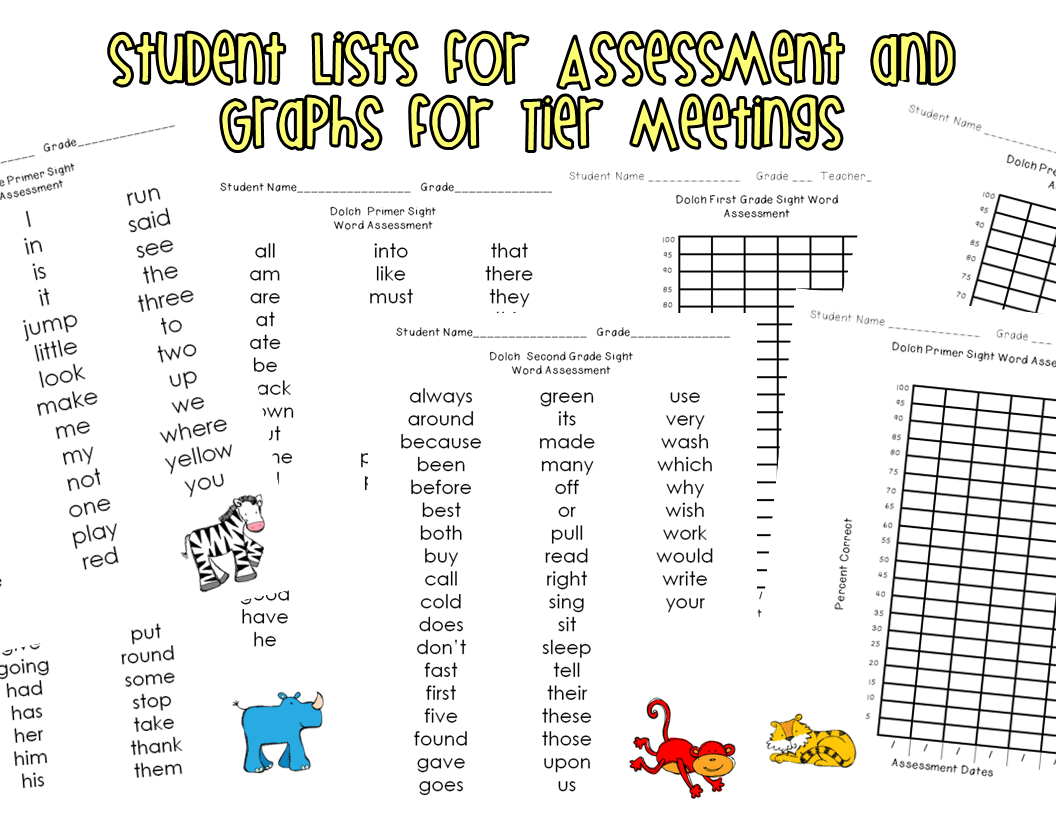




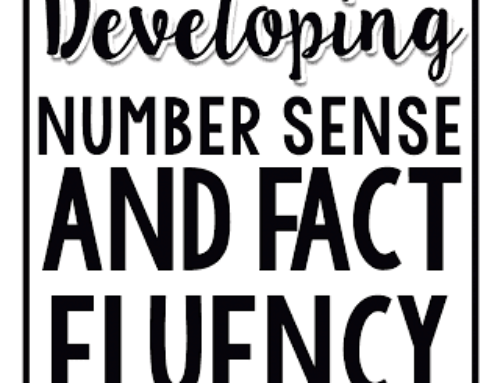

Mandy, you are so organized. I help with our Reading RTI's when I'm not teaching library classes and lab classes. I was trying to put my RTI info in my lesson plan book. I like the idea of having a binder for just RTI's. Thanks. http://mrsbrownthebookworm.blogspot.com/
Mandy,
Great organizational tip. I am on tier 3 team and will be sharing your idea. Thanks!!
I love this! Do you plan on doing different grade levels? Great resource! LeAnn
4thgrade4ever.blogspot.com
Thanks so much for sharing, I always love your ideas. Definitely going to pin this and go through it as I get ready to think about how to organize myself with RTI students. We had a big push on them this year and were required to keep a lot of data on them.
Amanda
Reaching for the TOP!